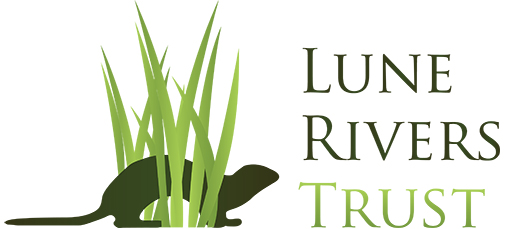Roeburn Ford Fish Easement
October 2014
Completed in 2014, this project started right back in 2011 with a feasibility study to find the best way of improving fish migration upstream. Migratory fish movement to the upper reaches of the River Roeburn had been a problem since the disastrous local floods in 1967 washed the original bridge further downstream. A new ford – installed as an emergency measure – had been a major obstruction ever since. This ford consisted of two round culverts which were concreted over and impassable to fish during normal flow conditions. In 2012 the project progressed further with funding from the Catchment Restoration Fund, certified designs in place as well as agreements with Lancashire County Council regarding any future maintenance work on the ford.
In 2013 we finally got our Planning Permission, technical approvals and appointed our contractor. To say the project was challenging is an understatement. The only viable access to the site was over bridges with a limited weight capacity and this meant changing our design from 6 x 3m square culverts to 12 half the size. This in turn meant that our permissions etc. had to be altered too. Weather conditions were also tricky and our contractors soon learnt how quickly the Roeburn could rise. They were also shocked to see numbers of sea-trout banging against the steps and small round pipes as they tried to get upstream.
At last the job is complete and we are delighted with the way the river is putting itself back to rights – yet another example of nature healing itself if man allows it to do so. We now look forward to monitoring fish movement above the ford in the upland stretches of the Roeburn which are now accessible as spawning grounds.
Our thanks go to the Environment Agency and DEFRA for funding the project; to all those at Lancashire County Council (Bridges Area North, Highways and Flood Defence), Lancaster City Council Planning Department and the Environment Agency for guiding us through all the complexities of this project; to John Lamb of Lancashire Wildlife Trust for his Habitat Survey, John McMinn for his otter survey and Gail Armstrong for her bat survey ; to the landowners and farmers for their patience while the ford was closed and to Butlers Contractors and Malcolm Leaver of Pros and Cons Management Ltd. for getting the job done.

